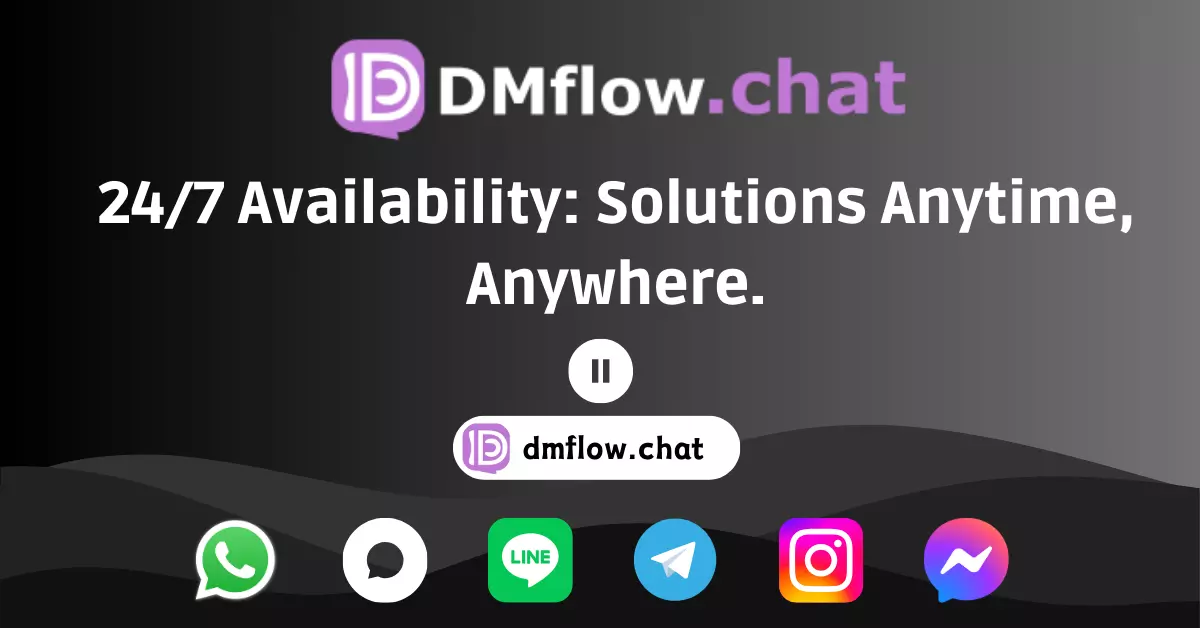OpenAI Launches GPT-4o Image Generation with Multi-Turn Editing
On March 25, 2025, OpenAI announced that its latest GPT-4o model now supports image generation and multi-turn conversational editing, delivering a more powerful AI-driven creative experience. This feature is gradually rolling out to ChatGPT, Sora Plus, Pro, Team, and free users, sparking widespread discussion in the tech community.
GPT-4o Image Generation: More Precision, More Flexibility
According to OpenAI’s official announcement, GPT-4o has made significant advancements in image generation, including:
- Accurate Text Rendering – Unlike previous AI-generated images that often contained distorted or unreadable text, GPT-4o can render text clearly, making it ideal for design, advertising, and educational materials.
- Precise User Instruction Execution – Users can describe their image requirements through simple dialogue, specifying aspect ratio, colors (including HEX codes), and even transparent backgrounds, all of which GPT-4o can accurately generate.
- Multi-Turn Conversational Editing – One of the standout features is the ability to iteratively modify images. Users can request changes such as “Keep the character’s hairstyle the same but change the background to blue”, and GPT-4o will adjust accordingly, enhancing the creative process.
This interactive editing approach transforms AI-generated images from static outputs into adaptive creations that evolve based on user feedback, significantly improving flexibility and usability.
Industry Reactions: Breakthroughs and Commercial Potential
The tech community quickly weighed in on the GPT-4o update, highlighting its key improvements:
✅ Higher Accuracy – More detailed visuals with clear, readable text ✅ Enhanced Context Awareness – AI adjusts images based on conversation history ✅ Supports Iterative Edits – Functions more like a real artist with step-by-step refinements
Industry analysts noted, “GPT-4o can now generate highly realistic images with fine details that align more closely with user intent, increasing its value for commercial applications.” Many experts predict its use cases will expand into:
- Science & Research – Generating complex experiment illustrations
- Food & Beverage – Designing clear and appealing menu layouts
- Entertainment – Producing high-quality comics and game assets
Additionally, OpenAI emphasized that GPT-4o’s image generation is deeply integrated with its vast knowledge base and conversational AI capabilities, allowing it to create visuals that precisely match user intent, further boosting creative efficiency.
Feature Availability and Future Outlook
GPT-4o’s image generation capabilities are now officially available on ChatGPT and Sora, accessible to all users. OpenAI also plans to extend this functionality to enterprise and educational users, broadening its impact.
Notably, all images generated by GPT-4o will automatically embed C2PA metadata, marking them as AI-generated. This transparency measure is crucial as AI-generated content becomes more widespread.
However, as AI image technology rapidly advances, several important discussions have emerged:
- Training Data Sources – Does AI-generated content involve copyrighted materials?
- Content Moderation – How can AI-generated images align with ethical and safety standards?
While OpenAI has yet to provide detailed answers, these topics will undoubtedly shape the future discourse around AI-powered creativity.
Conclusion: A More Intuitive AI Creative Experience
GPT-4o’s image generation and multi-turn editing represent a major leap in AI technology. It not only makes AI-generated visuals more accurate and editable but also enhances the overall intuitive and efficient creative workflow.
How will this technology reshape our work and daily lives? From design and education to entertainment, the potential applications of AI-generated imagery are limitless. This is a space worth watching.
🔗 Related Link: OpenAI Official Announcement


